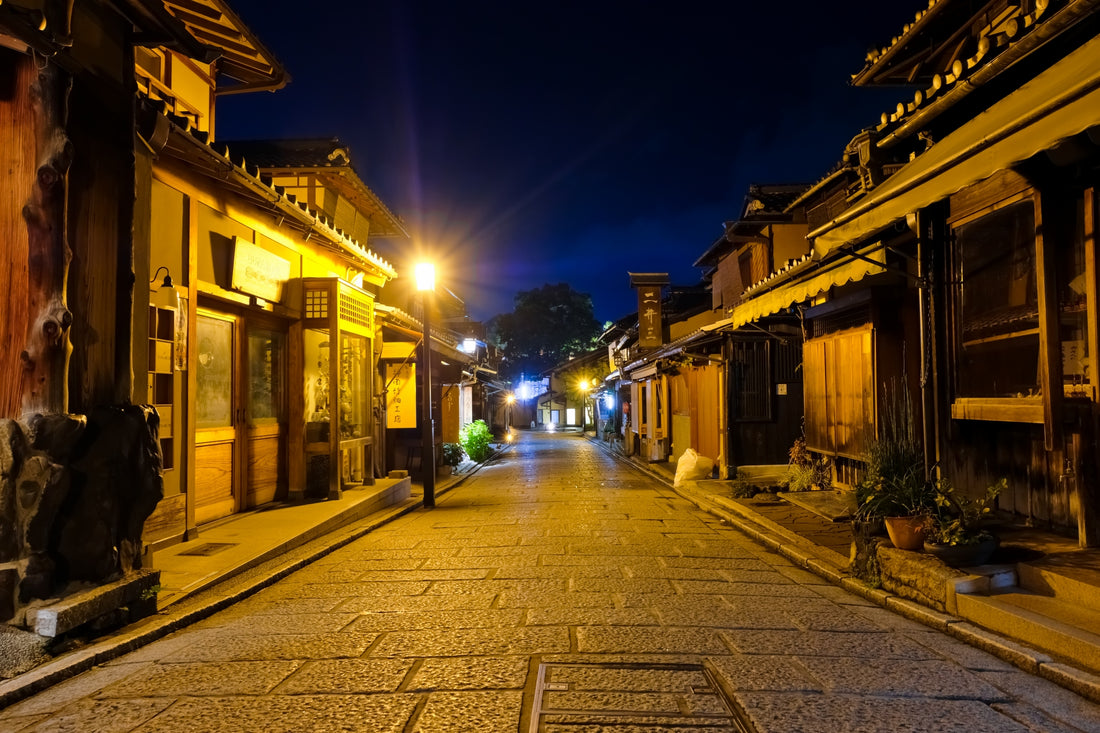In modern Japan, wearing a kimono has become reserved for special occasions such as Coming of Age Day, weddings, or summer festivals like fireworks displays. However, wearing a kimono often instills a sense of formality and grace, with many feeling that their posture naturally straightens when they wear one. For visitors to Japan, the allure of the kimono is undeniable, as evidenced by the popularity of kimono rental shops catering to foreign tourists. Understanding the rich history and cultural importance of the kimono not only enhances appreciation but also allows for better answers to curious questions from those abroad. Let's explore the unique cultural aspects and history of the kimono.
What is Kimono Culture?
First, it's essential to grasp the basics of kimono culture in Japan.
Kimono and Japan’s Unique Cultural Identity
The kimono is Japan’s traditional national garment. Surrounded by mountains and seas and experiencing distinct seasonal changes, the Japanese developed a refined aesthetic that is reflected in their clothing. Some kimonos are designed with patterns and materials that can only be worn during specific seasons, reflecting Japan’s delicate relationship with nature. This seasonal variation is one of the luxuries of wearing a kimono, making it a truly special garment.
A Masterpiece of Japanese Craftsmanship
The kimono and its accompanying accessories, such as the obi (belt), are masterpieces of Japanese craftsmanship. Techniques passed down through generations, like the famous Nishijin weaving and Kaga or Kyoto dyeing, are still alive today, preserving the artistry in each handmade piece.
Kimono as a Symbol of Japan’s Tradition
The kimono has evolved over centuries but remains a proud symbol of Japanese tradition. It reflects the strength, grace, and subtlety of the Japanese people. While kimonos may not be part of daily life, they still play a significant role in important events such as Coming of Age Day, weddings, and traditional tea or flower arrangement ceremonies. Kimonos are also worn during martial arts such as kendo or kyudo. Even attending a kabuki or Noh performance in kimono can enhance the experience, drawing attention from others. One of the most remarkable aspects of kimono is its durability—when well-maintained, kimonos can be passed down from grandmother to mother and from mother to daughter, becoming treasured family heirlooms.
Kimono’s Influence on the Japanese Language
Did you know that the kimono even influences everyday language? Phrases like "straighten one’s collar" or "part ways at the sleeve" are derived from kimono customs. These expressions show just how deeply the kimono is rooted in Japanese life and culture.
Types of Kimono
Kimonos come in many different types, each appropriate for specific occasions. Here’s a quick guide:
Formal Wear
- Mofuku: A plain black kimono worn by close family members at funerals.
- Kuro-tomesode: A formal kimono with patterns near the hem, worn by married women at weddings or formal ceremonies.
- Hon-furisode: The most formal kimono for unmarried women, featuring long sleeves and elaborate designs, often worn by brides at weddings.
Semi-Formal Wear
- Iro-tomesode: Similar to the kuro-tomesode but with a colored base, worn by married and unmarried women.
- Houmongi: A more versatile semi-formal kimono worn by women of all ages.
- Furisode: The most familiar kimono for unmarried women, often worn at Coming of Age ceremonies.
Casual Wear
- Komon: A kimono with a repeating pattern, often worn for casual outings or performances.
Everyday Wear
- Yukata: A casual, cotton summer kimono often worn at festivals or during hot weather.
The Timeless Appeal of Kimono
Wearing a kimono requires learning certain postures and movements due to its structured design. The garment encourages refined behavior, making the wearer more mindful of their actions and speech. For many, this is a way to connect with a more graceful version of themselves. The intricate craftsmanship involved in making a kimono—whether through delicate dyeing or detailed weaving—also makes each piece a work of art, often passed down through generations. Additionally, the design of a kimono reflects the seasons, allowing wearers to celebrate nature’s cycles through their clothing choices. For example, in February, one might wear a kimono adorned with plum blossoms, anticipating the arrival of spring.
Conclusion
Kimono is more than just a garment; it is deeply tied to Japan’s geography, traditions, craftsmanship, and even its language. Understanding the different types of kimono and the occasions for wearing them can deepen your appreciation for this unique aspect of Japanese culture. Whether you're seeing a kimono in person or learning more about its history, you’re engaging with a tradition that continues to captivate people worldwide. Embracing the beauty of kimono allows you to discover a new level of sophistication and connection to Japanese culture.

